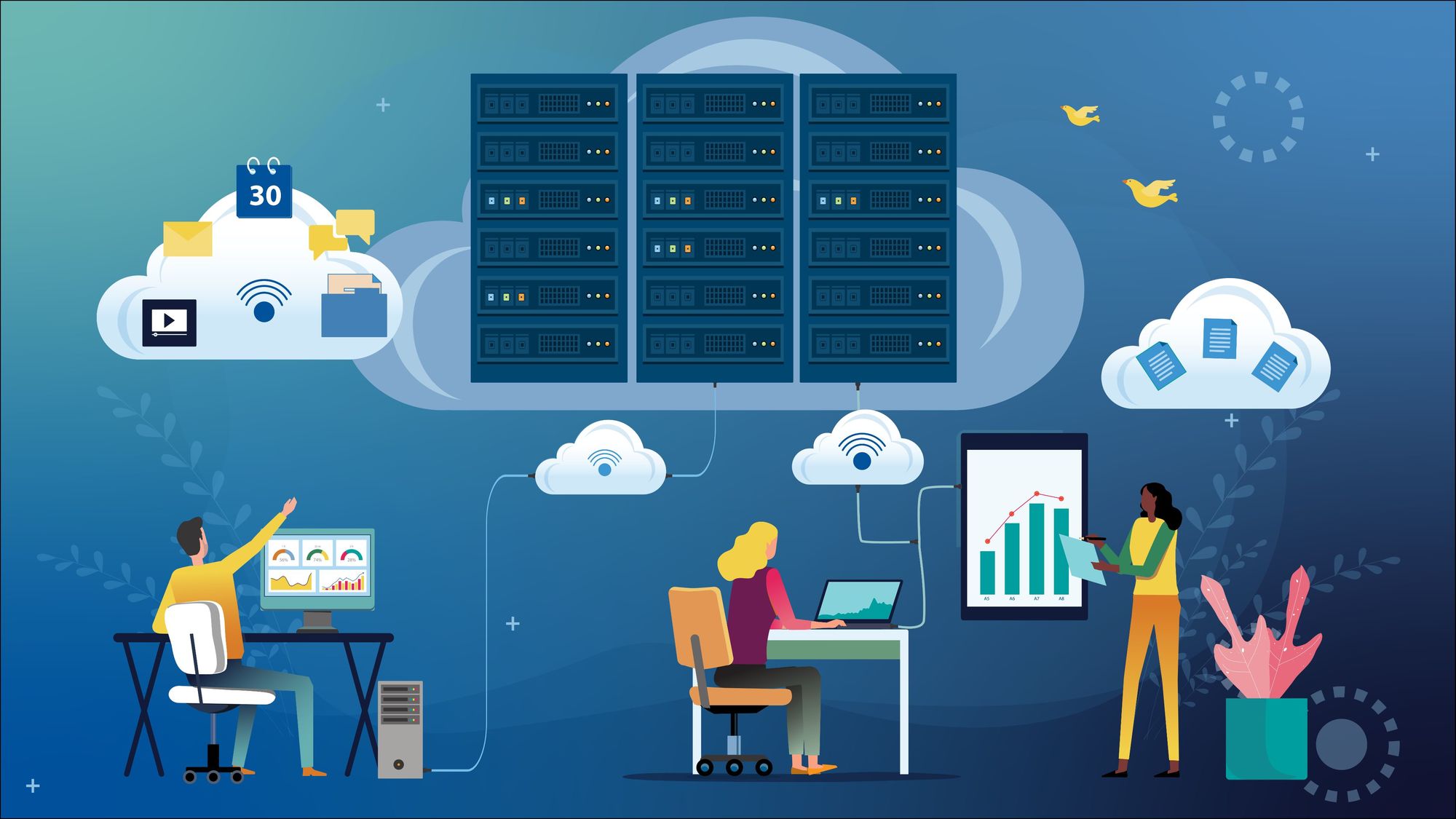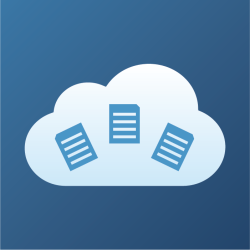Boost Efficiency, Save Money, and Win New Friends with Serverless Cloud

Pretend for a minute that you are a caterer. To run your business, you need infrastructure. Specifically, you need a kitchen.
In that kitchen are several appliances that perform various functions. An oven bakes. A stove sautees. A mixer mixes. A freezer freezes. And so on and so forth. How much you use each appliance depends on what you are cooking. If all of your orders are for cakes one week, you will be using your oven heavily, but you won’t be using your stove very much.
What if, instead of renting an entire kitchen, you only had to pay for the appliances you are using? When you are baking, for instance, you pay for the oven and the mixer, but not the stove or anything else you won’t use.
Now, imagine that not only could you just pay for the appliances you are using, you could add and remove appliances as needed. Maybe there’s a week where you have so many cake orders that you can’t fulfill them all with a single oven. In your magical modular kitchen, you can add a second oven. Or a third one. And then, when you don’t need them anymore, you stop paying for them, and they disappear.
This analogy essentially describes the service that “serverless cloud” technology offers to software developers.
In general, cloud services save you the effort of maintaining IT infrastructure, mainly servers. Serverless cloud, which is also called Function as a Service (FaaS), offers you the added flexibility of only paying for the exact amount of infrastructure (i.e. server space) that you need at any moment in time.
How is that so?
The code for an application is made up of micro-applications or “functions,” like the separate appliances that make up a kitchen. In a serverless cloud architecture, your provider dedicates the exact amount of computing power necessary to run the functions needed in an application.
Let’s say there’s a CMS interface that allows enrollees to query information about healthcare providers from a database. Fulfilling queries is a function. In a serverless cloud environment, if there are 100 queries in a day, then CMS would pay for the computing power it took to run that function 100 times. If there are zero queries, CMS would pay nothing.
Because you only pay for what you use, cost is one of the primary benefits of a FaaS. The ability to scale up or down on demand is another.
A third benefit is allowing developers to focus on what they do best: writing code. Because the cloud provider is managing the technological environment, developers can hyper-focus on adding or enhancing functionality.
To return to the kitchen analogy, the caterer can just focus on cooking. They are not responsible for maintaining appliances, fixing the electrical system when there’s a short circuit, or keeping the kitchen up to code. Those services are all provided.
FaaS is not always the best option, however. It tends to be more useful for short-term, dynamic tasks. For heavy-usage, long term tasks, it may be more efficient to pay for dedicated server space.
As with other cloud infrastructures, FaaS introduces the risk of vendor “lock-in.” It might be extremely costly to switch to a new provider, even if the current provider’s services begin to decline. That’s why OIT must be careful when selecting vendors and choosing the appropriate areas for serverless cloud.
When applied appropriately, however, FaaS can enhance the cost, efficiency, security, and availability of OIT systems.

